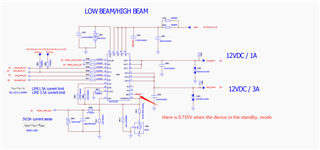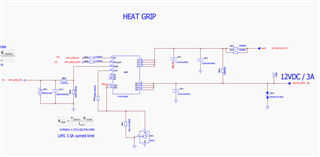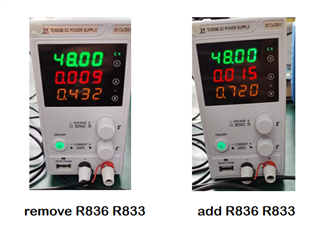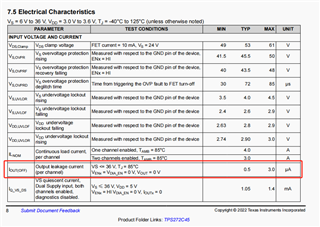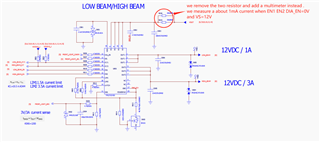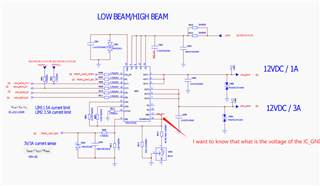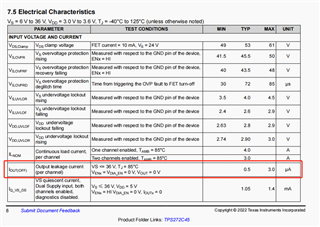Other Parts Discussed in Thread: LM5145, TPS272C45
Dear supplier ,
For the high side switch TPS272C45D, it may cause 0.24W power dissipation when it enters into standby mode. We measure the voltage of the GDN pin ,there is 0.735V voltage . It is a little strange. We want to reduce the power dissipation of the IC when into standby mode . Please review the schematic whether there is a error and please help to analyze the reason of the high power dissipation! Thank you very much !
